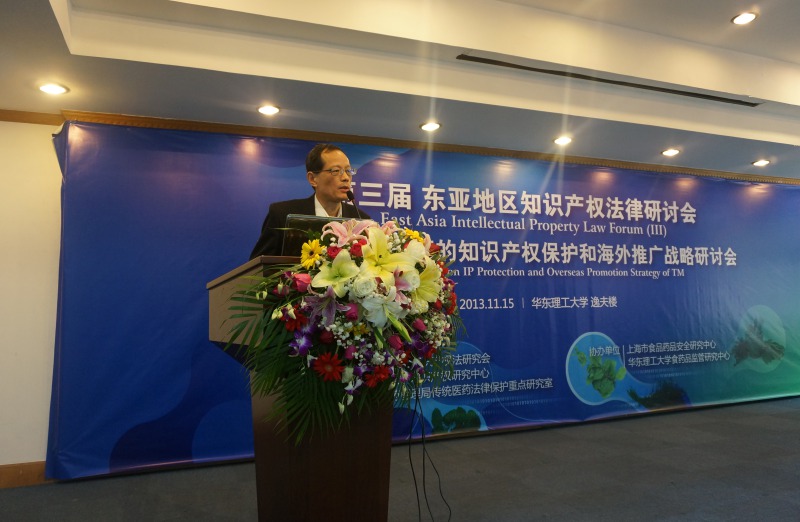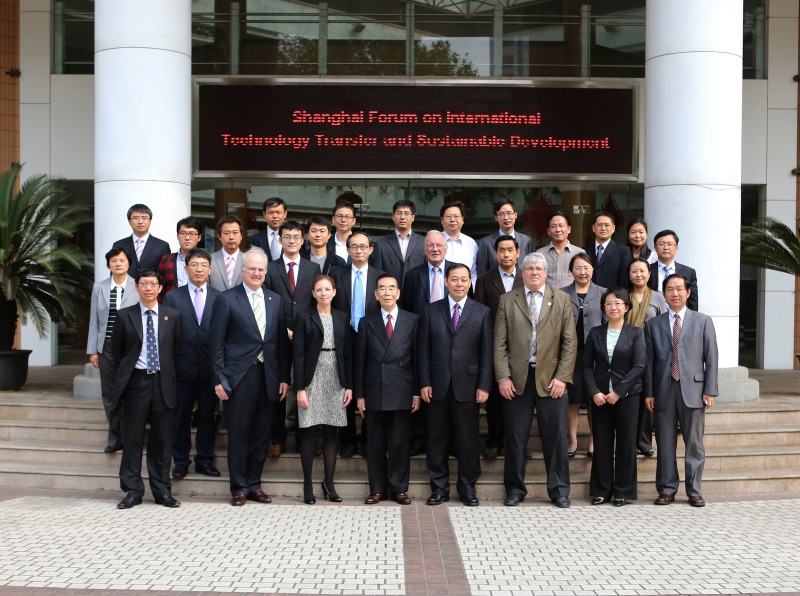The new technology realizes the artificial directional evolution of endogenous genes in rice
Recently, the Chinese academy of agricultural sciences (caas) proposed and applied the single base editing technique (BEMGE) mediated directed evolution of plant endogenous genes to develop new rice germplasm with herbicide resistance, which can help crop precision molecular breeding. This study discovered alleles of different agronomic traits and intensities through BEMGE technology, indicating that humans can directively evolve genes of important traits of various crops, thus opening a new chapter in crop precision molecular breeding.
Team in the early stage of the development based on a series of single-base editor, put forward the single-base editing techniques mediated rice endogenous target gene of directed evolution technology concept, in rice simulating the long evolution in the nature of gene inside the cell, in a short period of time created thousands of new alleles material target genes, screening for breeding.
Based on the BEMGE principle, 63 sgrnas were designed to cover rice herbicide gene OsALS1, and the sgRNA library and rice single-base editor rBE9 and rBE14 were simultaneously transferred into rice cells through gene gun and agrobacterium transformation. The results showed that OsALS1 gene produced a large number of mutations. Through herbicide resistance screening, 4 new alleles with different resistance to herbicides, which had not been found in nature, were identified successfully. Through single-base editing technique, the mutation site P171F was successfully introduced into rice variety nanjing 46, which was upgraded to "clean field rice" by applying the drug once or twice at seedling stage and no weeds occurred in the field at growth stage.
Time: 2020.02.07
Source: https://baijiahao.baidu.com
next:The team found genotypes that predict the clinical phenotype of moyamoya patients in China


